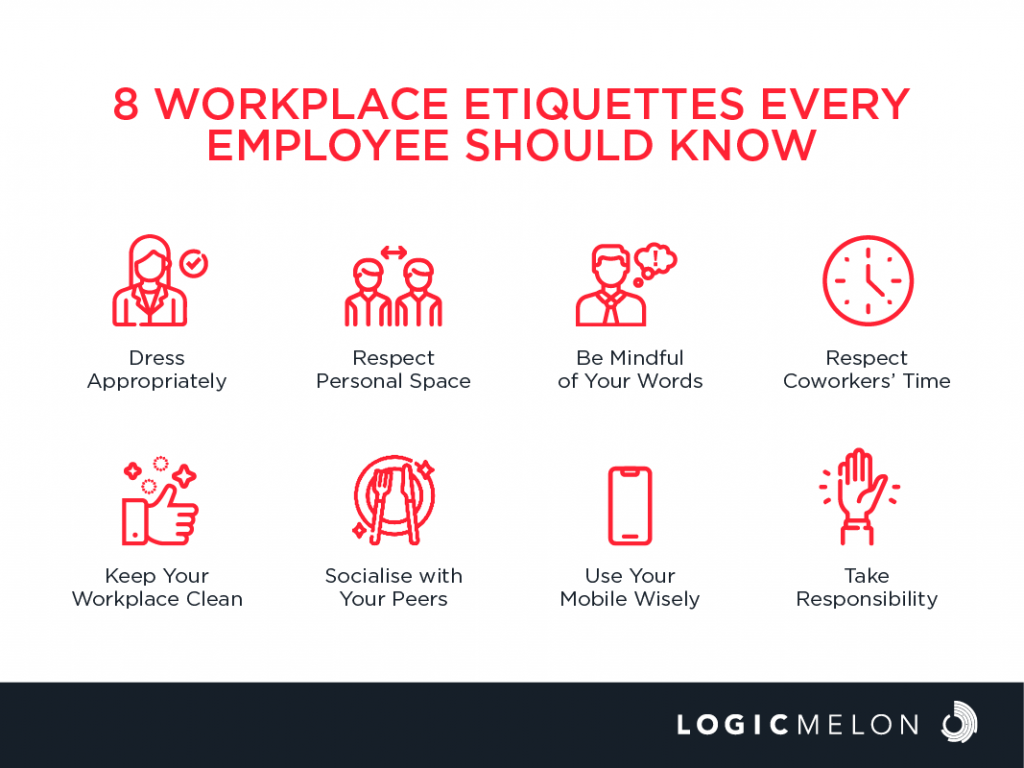Rules of email etiquette
We hope you’ve learned a thing or two that will help you get ahead at work. For office furniture that will keep you comfortable in all of your efforts to be your best work self, browse our full range of office chairs and office desks https://betsoft-software.com/.Contact the friendly experts at if you have any questions or queries about our office furniture.
Workplace etiquette encompasses a set of unwritten rules and social norms that govern behavior and interactions within a professional setting. While specific customs may vary across industries and cultures, certain principles of etiquette remain universally applicable. These principles revolve around respect, courtesy, professionalism, and effective communication.
Mastering workplace etiquette is essential for fostering a positive and productive professional environment. By adhering to the do’s and avoiding the don’ts outlined in this guide, individuals can contribute to a workplace culture characterized by respect, professionalism, and effective communication. Ultimately, practicing good etiquette not only enhances personal relationships and career prospects but also reflects positively on the organization as a whole.
While your employer may have set rules like a dress code, workplace etiquette is the unwritten rules that help make the office a respectful and productive environment. While these rules aren’t explicitly stated, they are often an unspoken requirement that ensure everyone gets along both online and in person.

Rules of meeting etiquette
If you’re leading a meeting, set ground rules for mute/unmute protocol. Encourage participants to use the “raise hand” feature if they have something to add. This keeps the flow organized and respectful.
If you struggle with being late to the meeting, there is probably a problem with you setting your schedule properly. What you can do is to plan your calendar schedule in a way that you can be on time for your meeting, and with that be a better employee and a more respectful colleague.
Fixing it is easy. That “this could have been an email” saying solves all of this. Think about the specific thing you need to discuss and send your plan at least 24 hours before the scheduled meeting.

If you’re leading a meeting, set ground rules for mute/unmute protocol. Encourage participants to use the “raise hand” feature if they have something to add. This keeps the flow organized and respectful.
If you struggle with being late to the meeting, there is probably a problem with you setting your schedule properly. What you can do is to plan your calendar schedule in a way that you can be on time for your meeting, and with that be a better employee and a more respectful colleague.
Rules of email etiquette
Email used to be treated the same as any other business correspondence, but that’s no longer true. Now, being too formal can be off-putting or make you seem out of touch, says Olivier. “Write in a conversational tone,” she advises. “These days, most people prefer to be addressed by their first name. ‘Dear Ms. Olivier’ always makes me suspicious because it’s a common tactic used by scammers.” However, this is one area where your particular society or business culture may have its own set of standards, and those should take precedence. Here are a few outdated etiquette rules even experts don’t follow anymore.
Generally speaking, email is an information-sharing tool, so most of the time, people prefer to read concise, to-the-point messages. There’s no need to fluff it up with unnecessary details or vague pleasantries, particularly if you’re sending a business email. You can be brief without being blunt or rude. According to email etiquette experts, it’s also helpful to include what you’re asking the reader to do—whether it’s committing to a meeting, sending a file or just listening—in the first paragraph so they know what to expect. Here are a few etiquette rules that should really be taught in schools.
One of the best tools for writing a good email is the signature that automatically appears at the bottom of every email you send, says Georgene Huang, CEO and co-founder of Fairygodboss, a career counseling service for women. Include your full name, job title (if using a business email) and contact information, like a phone number, website or social media account. Some people now also include their preferred pronouns.
The Internet is forever. Even emails you think have been deleted can generally be found again. This means you should practice good social and business etiquette in every email you send. Use clear communication and a kind tone, and avoid name-calling, sexual pictures or text, accusations or other faux pas. A good rule of thumb: If you wouldn’t want your grandmother to read it, then don’t write it.

